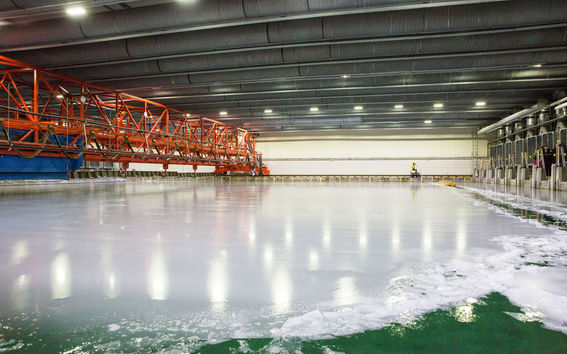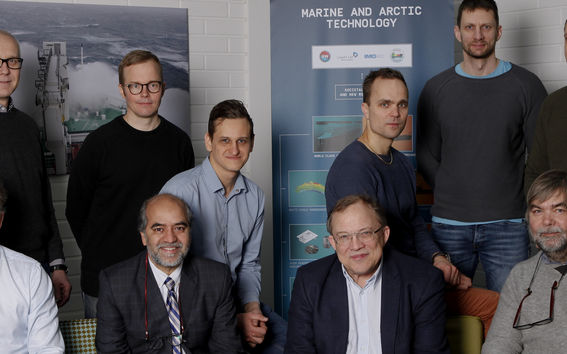Scenario-based risk management for polar waters

In the near future, new approaches related to increasing automation will change both ship design and maritime system level design and operations. At the same time the growing interest in Arctic and Antarctic shipping activities due to the decreasing ice cover will also increase the risks of accidents on these waters.
Safe ships in the Arctic environment
The design of ships for Arctic environments has traditionally been based on practical experience without a clear link to the physics of the ship-ice interaction. The rules are, however, now moving towards a goal-based approach, which requires an in-depth knowledge of all the various element important for design.
‘Our multidisciplinary approach aims to create new knowledge on the interactions of sea ice with vessels in both the ship design and operational contexts,’ says Professor Pentti Kujala.
‘Risk-based ship design (RBSD) is widely applied in areas such as the design of passengers ships. In Arctic operations the challenges are exacerbated by the demanding ice environment, together with the numerous possible ship-ice contact scenarios.’
Risk-based guidelines
The new project, Centre of Excellence for Scenario-based Risk Management in Polar Waters (CEPOLAR), aims to provide risk-based guidelines which holistically consider the impact of risks in ice infested waters. It combines several areas, like expertise in design methods, the ice environment, ship-ice interaction, and structural damage and consequence analysis.
The consortium consists of five universities with a track record from the Lloyd's Register Foundation (LRF) funded CEARCTIC project:
- Aalto University, Finland (AALTO)
- Memorial University of Newfoundland, Canada (MEMORIAL)
- Hamburg University of technology, Germany (TUHH)
- The Norwegian University of Science and Technology (NTNU)
- University of Helsinki, Finland (UH)
The consortium had a kick-off meeting in Otaniemi on 1st February.

Kick-off in Otaniemi, 31 January–2 February 2019
Presentations from the kick-off meeting are available below.
For more information
Professor Pentti Kujala
Marine and Arctic Technology Research Group
Aalto University
+358 947023484
[email protected]
https://people.aalto.fi/pentti.kujala
Aalto University’s Marine and Arctic Technology Research Group is responsible for practicing scientific research and providing education at the highest level in Finland with regard to ship and marine technology. In CEPOLAR the research focuses on the development and application of first principles of ice mechanics, solid mechanics and statistics in marine technology. Complex applications require holistic, risk-based design with outside-the-box solutions.
- Published:
- Updated:
Read more news

Broadband miniaturized spectrometer research receives QTF annual discovery award 2024
The clarity and compelling presentation of the research were one of the reasons why Doctoral Researcher Md Uddin earned the prize for the research paper, which was published in Nature Communications.
Robotics needs safe behavior patterns
Robotics and autonomous systems are developing rapidly. Algorithms that withstand disturbances and uncertainties in the system model and environment are critical for development.